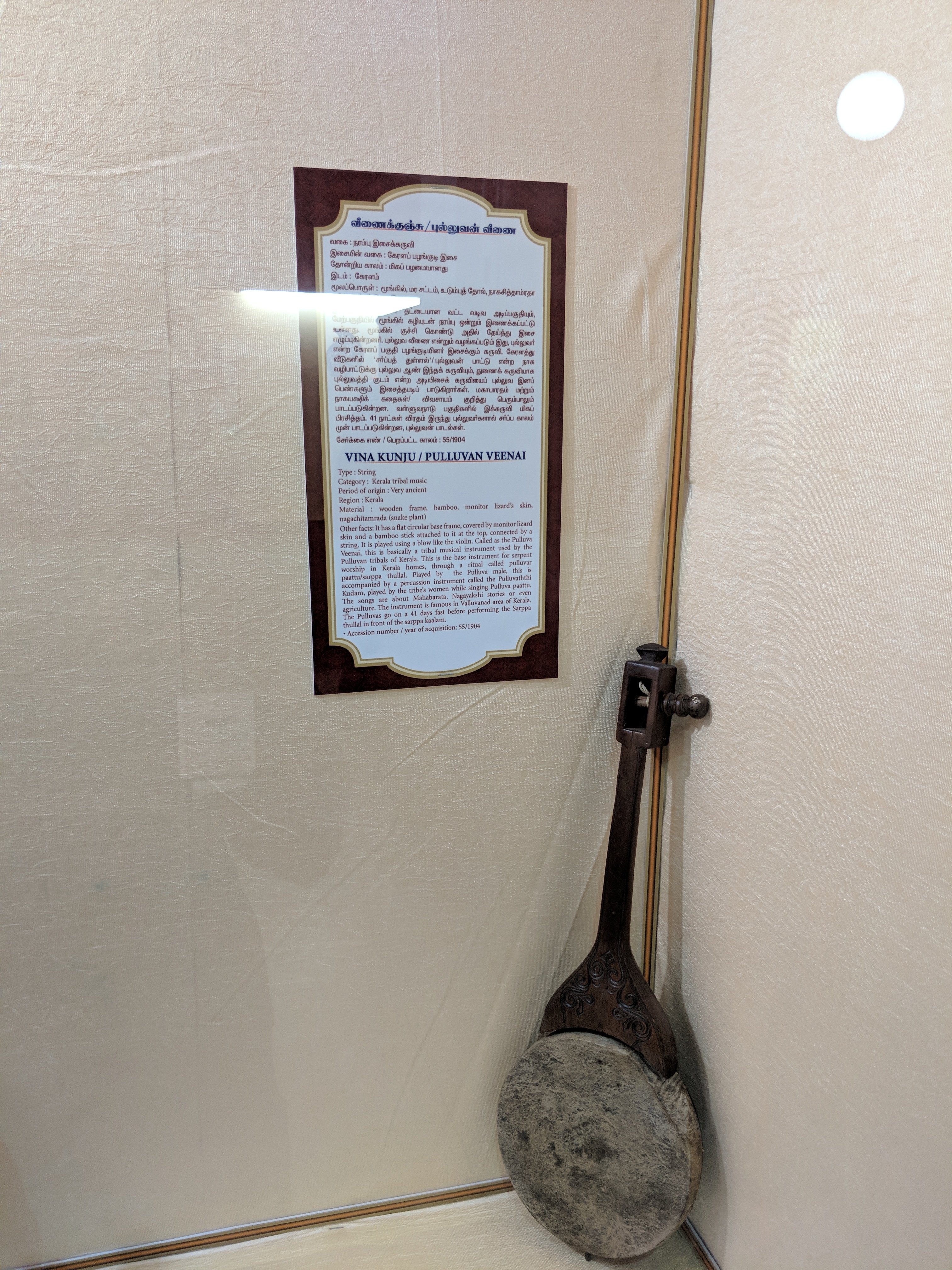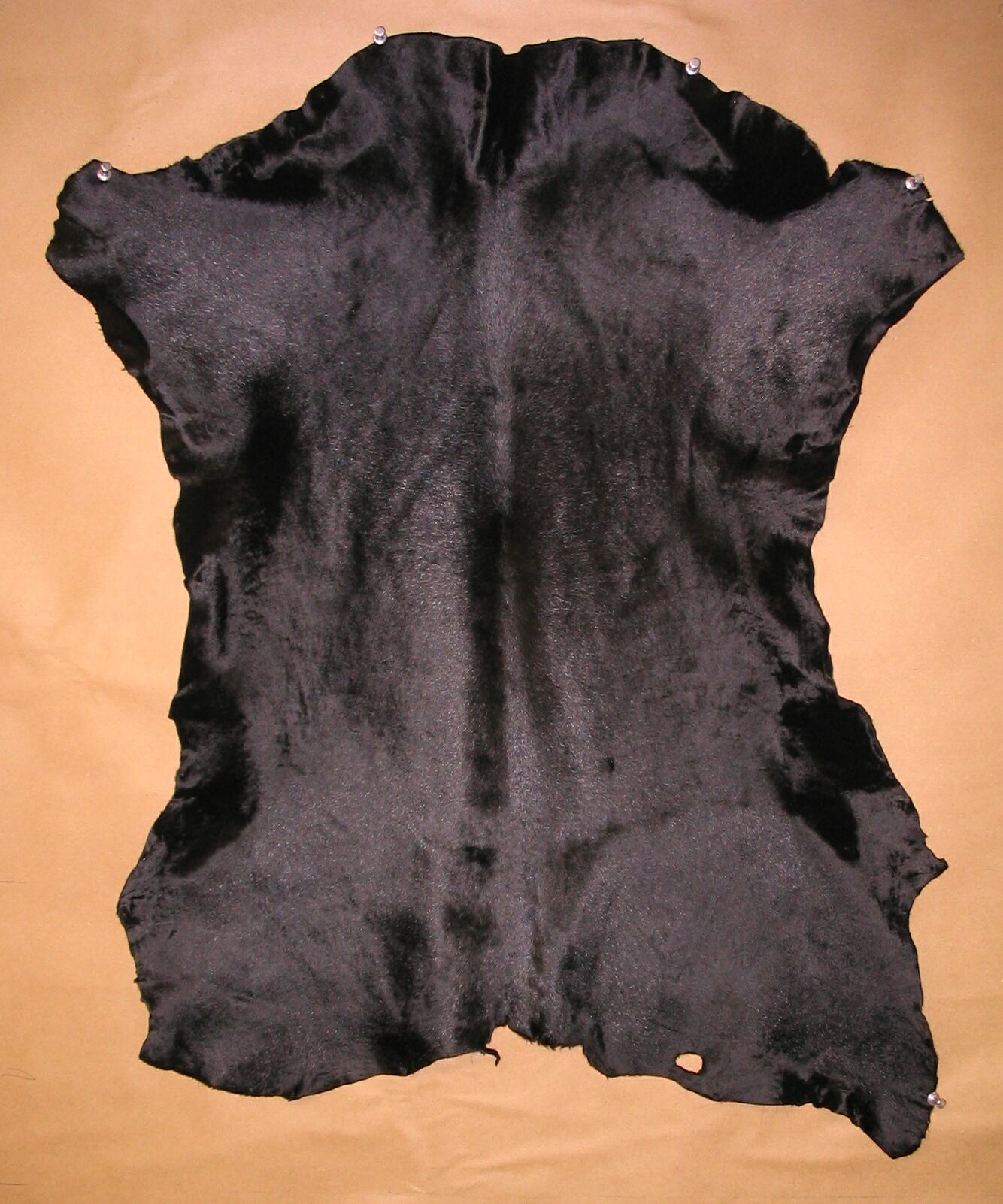|
Pulluvan Paattu
Pulluvan Pattu is a form of serpent worship performed by both the lower castes and higher castes, in addition to serpent temples. The pulluvar of Kerala are closely connected to serpents. They consider the snake gods their presiding deities and perform sacrifices and sing songs. A Pulluvan is a male member (female Pulluvatti) of a low caste group called Pulluvar. The majority among them are called ''Nagampatikal'' (people who sing snake-songs). There are pulluvars who are not Naagampatikal. They are known as ''Pretampatikal'' (people who sing ghost songs). The women of the houses where the ritual takes place performs the serpent dance (Sarpam Thullal) at the Mulluthara Devi Temple. Art forms Most of the art forms of the Pulluvar are ritualistic. Most of their songs are related to worship, ritual, custom and exorcism. The pulluva art is expressed in the background of snake-worship, ghost worship and magic. The pulluvar of Kerala are closely connected to the serpent worshipin ... [...More Info...] [...Related Items...] OR: [Wikipedia] [Google] [Baidu] |
Pulluvan
Pulluvan is a scheduled caste group in Kerala. They belong to the Hindu religion. The term ''pullu'' means a bird of omen. There are many sub-divisions within the Pulluva community, the majority known as ''Nagampatikal'' (people who sing snake-songs). There are also pulluvars who are not Naagampatikal, known as ''Pretampatikal'' (people who sing ghost songs). Most of the art forms of the Pulluvar are ritualistic. Most of their songs are related to worship, ritual, custom and exorcism. The Pulluva art is expressed in the background of snake-worship, ghost worship and magic.L.S. Rajagopalan, "The Pulluvans and their music". The Journal of the Madras Music Academy 51 : 72-80, 1980 The Pulluvar of Kerala are closely connected to serpent worship. One group among these people considers the snake gods as their presiding deities and perform certain sacrifices and sing songs. Known as 'Pulluvan Paattu Pulluvan Pattu is a form of serpent worship performed by both the lower castes ... [...More Info...] [...Related Items...] OR: [Wikipedia] [Google] [Baidu] |
Caste
Caste is a form of social stratification characterised by endogamy, hereditary transmission of a style of life which often includes an occupation, ritual status in a hierarchy, and customary social interaction and exclusion based on cultural notions of purity and pollution. * Quote: "caste ort., casta=basket ranked groups based on heredity within rigid systems of social stratification, especially those that constitute Hindu India. Some scholars, in fact, deny that true caste systems are found outside India. The caste is a closed group whose members are severely restricted in their choice of occupation and degree of social participation. Marriage outside the caste is prohibited. Social status is determined by the caste of one's birth and may only rarely be transcended." * Quote: "caste, any of the ranked, hereditary, endogamous social groups, often linked with occupation, that together constitute traditional societies in South Asia, particularly among Hindus in India. Althou ... [...More Info...] [...Related Items...] OR: [Wikipedia] [Google] [Baidu] |
Pulluvar
Pulluvan is a scheduled caste group in Kerala. They belong to the Hindu religion. The term ''pullu'' means a bird of omen. There are many sub-divisions within the Pulluva community, the majority known as ''Nagampatikal'' (people who sing snake-songs). There are also pulluvars who are not Naagampatikal, known as ''Pretampatikal'' (people who sing ghost songs). Most of the art forms of the Pulluvar are ritualistic. Most of their songs are related to worship, ritual, custom and exorcism. The Pulluva art is expressed in the background of snake-worship, ghost worship and magic.L.S. Rajagopalan, "The Pulluvans and their music". The Journal of the Madras Music Academy 51 : 72-80, 1980 The Pulluvar of Kerala are closely connected to serpent worship. One group among these people considers the snake gods as their presiding deities and perform certain sacrifices and sing songs. Known as 'Pulluvan Paattu Pulluvan Pattu is a form of serpent worship performed by both the lower castes ... [...More Info...] [...Related Items...] OR: [Wikipedia] [Google] [Baidu] |
Pulluvan Pattu
Pulluvan Pattu is a form of serpent worship performed by both the lower castes and higher castes, in addition to serpent temples. The pulluvar of Kerala are closely connected to serpents. They consider the snake gods their presiding deities and perform sacrifices and sing songs. A Pulluvan is a male member (female Pulluvatti) of a low caste group called Pulluvar. The majority among them are called ''Nagampatikal'' (people who sing snake-songs). There are pulluvars who are not Naagampatikal. They are known as ''Pretampatikal'' (people who sing ghost songs). The women of the houses where the ritual takes place performs the serpent dance (Sarpam Thullal) at the Mulluthara Devi Temple. Art forms Most of the art forms of the Pulluvar are ritualistic. Most of their songs are related to worship, ritual, custom and exorcism. The pulluva art is expressed in the background of snake-worship, ghost worship and magic. The pulluvar of Kerala are closely connected to the serpent worshipin ... [...More Info...] [...Related Items...] OR: [Wikipedia] [Google] [Baidu] |
Sarpam Thullal
Sarpam Thullal (Dance of Snakes) or Nagakalam Pattu, is a unique form of mystical ritual associated generally with ancestral temples or tharavadus predominantly in state of Kerala. From ancient times many family houses in Kerala have special snake shrines called Kavu or Pambin Kavu where this exotic and spectacular ritual performance is associated to, it is generally conducted to appease the snake gods and thereby to bring prosperity to the family. History Snakes and Snake worship, primarily the cobra and associated sub species of snakes have been revered from ancient times all over India. Snakes are mentioned in Vedic books or they are depicted in religious epics like Mahabharata and Vishnu Purana. Hindu Gods like Vishnu and Shiva have been associated with snakes. According to Hindu mythology, Lord Vishnu takes rest under the shade of the giant snake, Adisesha. Lord Shiva wears a snake vasuki around his neck. The Nairs of Kerala claim to be Kshatriyas of Nagavanshi descent, ... [...More Info...] [...Related Items...] OR: [Wikipedia] [Google] [Baidu] |
Areca Nut
''Areca'' is a genus of 51 species of palms in the family Arecaceae, found in humid tropical forests from the islands of the Philippines, Malaysia and India, across Southeast Asia to Melanesia. The generic name ''Areca'' is derived from a name used locally on the Malabar Coast of India. Usage The best-known member of the genus is '' A. catechu'', the areca nut palm. Several species of areca nuts, known for their bitter and tangy taste, raw or dried, are routinely used for chewing, especially in combination with the leaves of betel and dried leaves of tobacco. Areca nut is also popularly referred to as betel nut because of its usage for chewing with betel leaves. In Assam, areca nut is also known as ''tamul'' in the local dialect. Species (51 species) *'' Areca abdulrahmanii'' J.Dransf. *'' Areca ahmadii'' J.Dransf. *''Areca andersonii'' J.Dransf. *'' Areca gandamatu'' Sultan Mardan Plantation *'' Areca arundinacea'' Becc. *'' Areca brachypoda'' J.Dransf. *'' Areca ... [...More Info...] [...Related Items...] OR: [Wikipedia] [Google] [Baidu] |
Pulluvan Veena
Pulluvan is a scheduled caste group in Kerala. They belong to the Hindu religion. The term ''pullu'' means a bird of omen. There are many sub-divisions within the Pulluva community, the majority known as ''Nagampatikal'' (people who sing snake-songs). There are also pulluvars who are not Naagampatikal, known as ''Pretampatikal'' (people who sing ghost songs). Most of the art forms of the Pulluvar are ritualistic. Most of their songs are related to worship, ritual, custom and exorcism. The Pulluva art is expressed in the background of snake-worship, ghost worship and magic.L.S. Rajagopalan, "The Pulluvans and their music". The Journal of the Madras Music Academy 51 : 72-80, 1980 The Pulluvar of Kerala are closely connected to serpent worship. One group among these people considers the snake gods as their presiding deities and perform certain sacrifices and sing songs. Known as 'Pulluvan Paattu Pulluvan Pattu is a form of serpent worship performed by both the lower castes ... [...More Info...] [...Related Items...] OR: [Wikipedia] [Google] [Baidu] |
Calf Skin
Calfskin or calf leather is a leather or membrane produced from the hide of a calf, or juvenile domestic cattle. Calfskin is particularly valuable because of its softness and fine grain, as well as durability. It is commonly used for high-quality clothing, shoes, wallets, and similar products, as well as traditional leather bookbindings. In these contexts, just "calf" is commonly used. Fine calfskin is one of the skins used for vellum and parchment manuscripts. In Spanish, the word is ''Ternera/Novillo'', referring to leather from animals less than three years old. Chickenskin, despite its name, is a form of calfskin made using the skin of unborn calves. In fashion, soft finished calfskin is sometimes described as'' veau velours'' (French for "velvet calf"). See also *Goldbeater's skin Goldbeater's skin is the processed outer membrane of the intestine of an animal, typically cattle, which is valued for its strength against tearing. The term derives from its traditional use ... [...More Info...] [...Related Items...] OR: [Wikipedia] [Google] [Baidu] |
Valluvanad (southern Malabar)
Valluvanad was an independent chiefdom in present-day central Kerala that held power from the early 12th century to the end of the 18th century. Prior to that, and since the late 10th century, Valluvanad existed as an autonomous chiefdom within the kingdom of the Chera Perumals.Ganesh, K. N. (2009). Historical Geography of Natu in South India with Special Reference to Kerala. Indian Historical Review, 36(1), 3–21. The disintegration of the Chera Perumal kingdom in early 12th century led to the independence of the various autonomous chiefdoms of the kingdom, Valluvanad being one of them. The earliest mention of the term "Valluvanad" as a political entity, from the 9th and early 10th century, are references to a region within the Ay kingdom in the south Kerala, then a vassal to the Pandya kingdom. It is possible that the new chiefdom in central Kerala (within the kingdom of the Chera Perumals) derives its origin from this eponymous subdivision in south Kerala. Valluvanad was rule ... [...More Info...] [...Related Items...] OR: [Wikipedia] [Google] [Baidu] |



.jpg)
